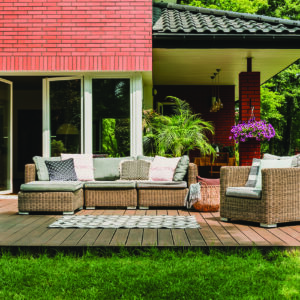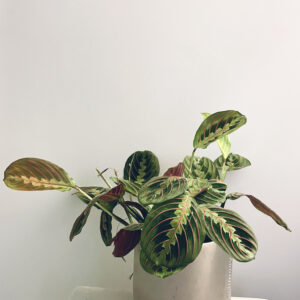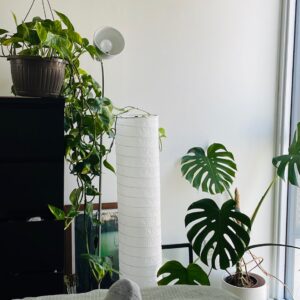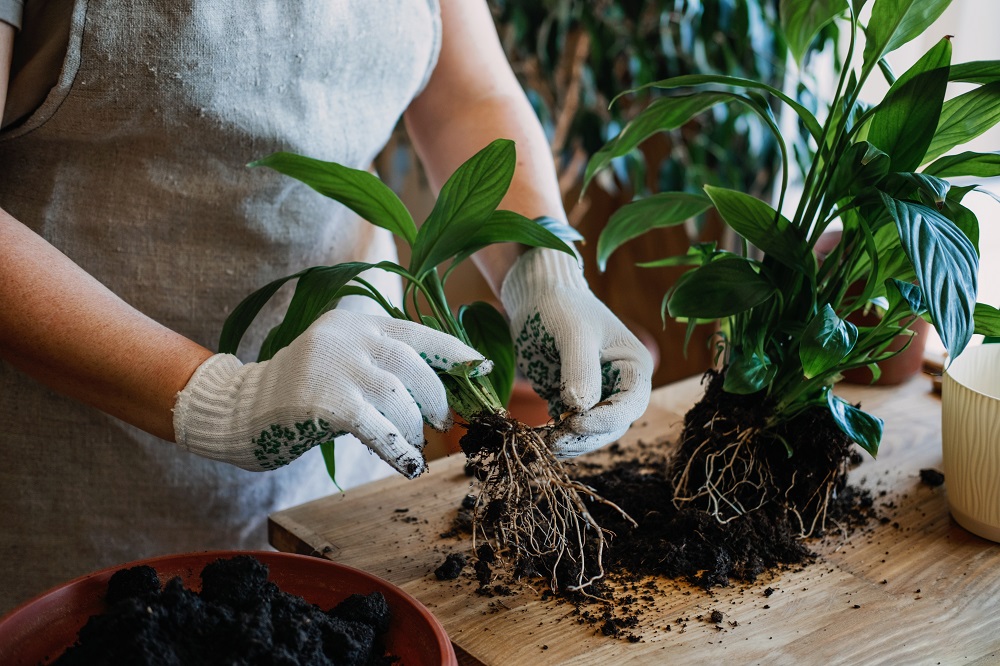
Despite their name, hermit crabs are social creatures. Known for their weird-shaped bodies and cute walks, hermit crabs can make a very cute addition to a saltwater home aquarium.
When a hermit crab outgrows its shell, like a plant outgrowing its pot, sometimes they need a little help. I saw a TV show not long ago, narrated by David Attenborough, of course, describing how hermit crabs upgrade their housing to bigger shells periodically as they grow.
Hermit crabs have soft, exposed abdomens. Leaving them vulnerable to predators. To ensure a better chance at survival, the crabs use scavenged shells from other animals for homes — often sea snail shells. When a new shell appears on the beach, all the squished crabs in need of a bigger shell line up to form an orderly queue and exchange shells at the same time. Each crab moving into the next biggest shell that was left vacant by its former owner. Ideally, every crab has upgraded and is sitting a little bit cozier in its new, yet temporary home.
Plants don’t have exposed abdomens, nor the legs required to trek across the beach, forest floor, or living room to replant themselves in a pot better suited to their growing roots. So that’s where we come in. But why, and when is it important to repot your indoor houseplants?
According to Pistils Nursery, the long daylight hours of late spring and summer are like rocket fuel for indoor plants. With higher temperatures and more light during the day, your plants want to spread their roots and grow.
“Another reason to free plants from being root bound is to promote new growth. Plants can rebound dramatically and generously from re-potting. A stronger, growing root system will make your plant happier and grow faster,” says the nursery’s website. Adding that yet another reason to repot is to free up space and make new plants.
“When plants get too crowded, many can be divided to free up space and make new plants. Re-potting time is the ideal moment to take advantage and divide offshoots and pups into self-sufficient plants.”
Every 12 to 18 months plants benefit from being repotted, depending on how well the plant is growing. Succulents don’t need to follow the same schedule and can call the same pot home for years, other than the occasional soil replacement and replenishment, they should be fine. Any other thriving houseplant should move on up.
Water your plant thoroughly a few days before the re-pot. Doing this ensures the plant is hydrated, reducing the risk of shocking the plant, and making it easier to take your plant out of the pot.
Take the plant out of its pot gently. If the plant is root bound, you may need a friend to hold the pot for you and rotate the soil back and forth to loosen it from the container. If the plant is incredibly root bound, slide a butter knife around the edges like you would if you were taking a fresh-baked cake out of the pan.
Gently loosen the root ball. Shake away any excess soil while making sure you avoid damaging the roots. Take a good look at the root system and clip away any black, brown or damaged roots with sharp clean planting shears. If you are not putting the plant in a bigger pot, trim away some of the roots starting at the bottom and sides of the plant.
Pistils Nursery says to put your plant in the new pot and cover all the roots with soil. Firm down the soil to make sure there are no air pockets while taking care not to crush the roots. Wet the soil a little bit and ensure it is moist but not sopping wet.
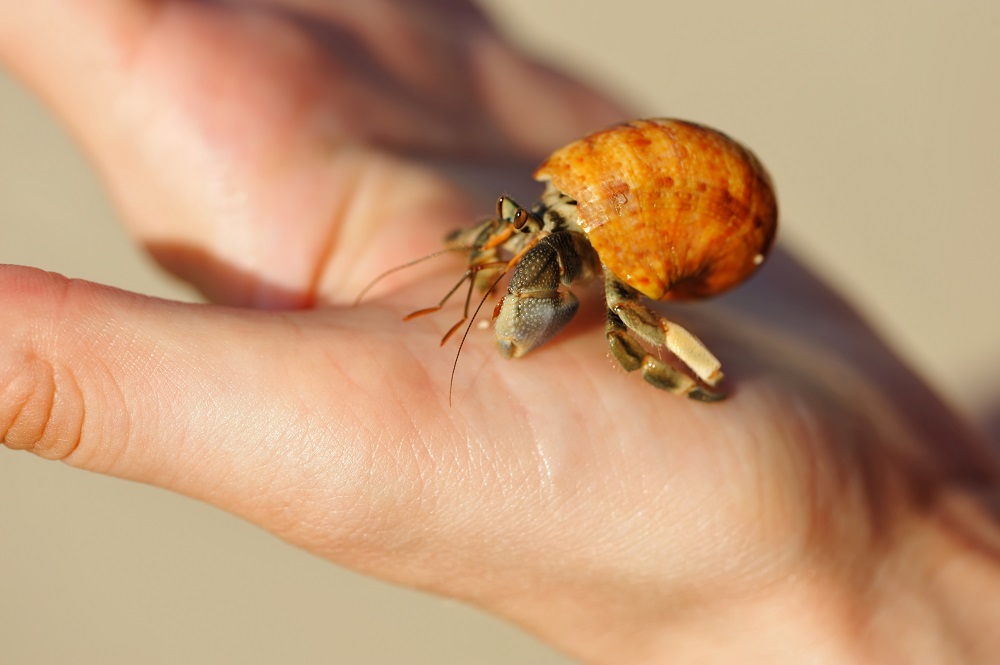
Even though hermit crabs are a lot more sentient than your houseplants, we hope, it doesn’t mean they won’t thrive in a bigger ‘home’ the same way crabs do. Take a look around your plant collection and see which plants could benefit from an inexpensive, yet necessary, up-size.








